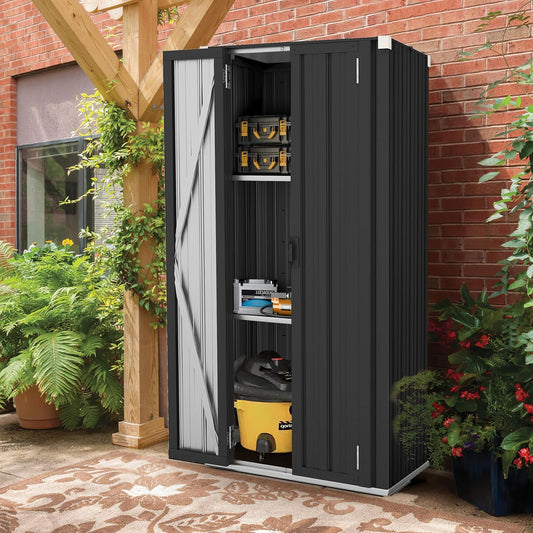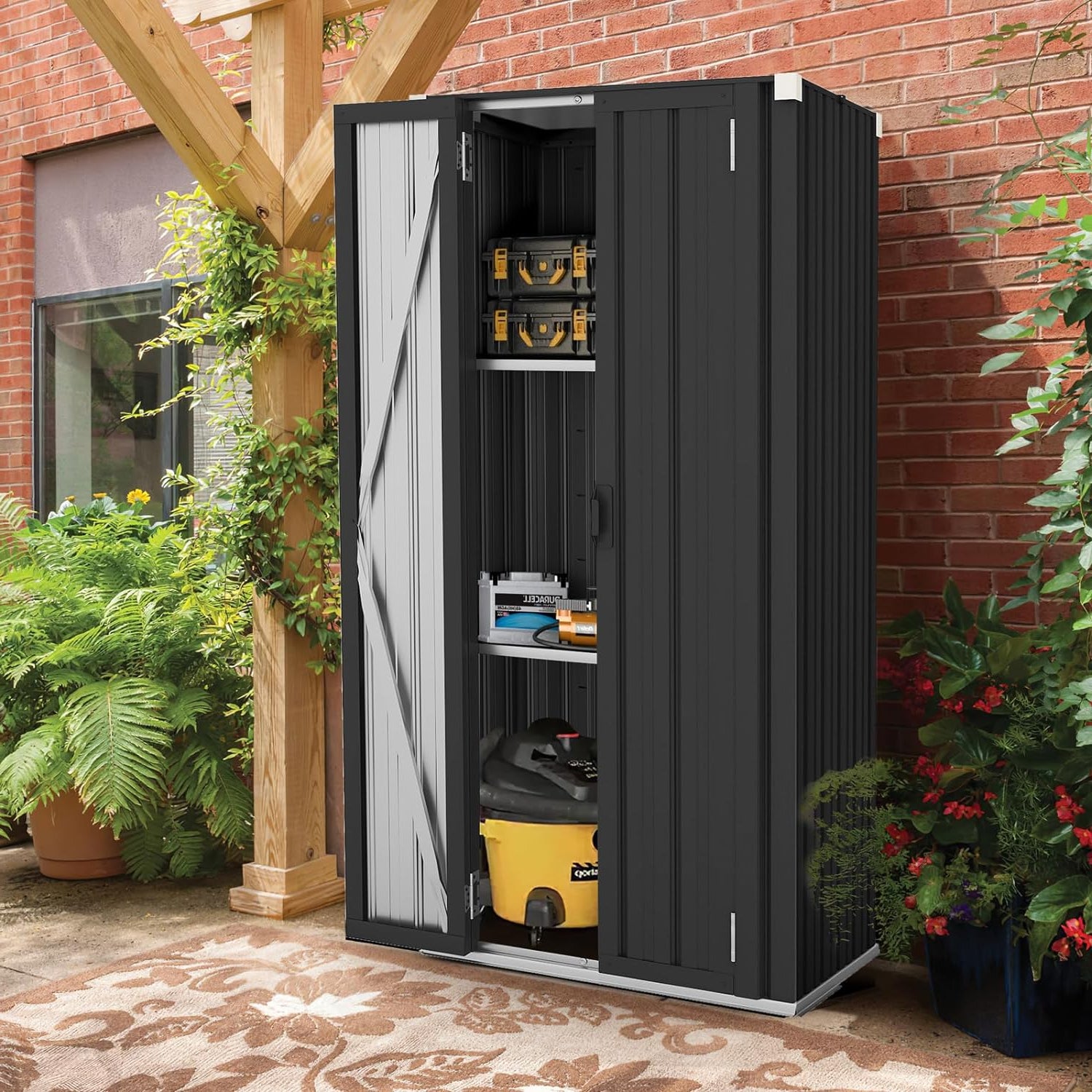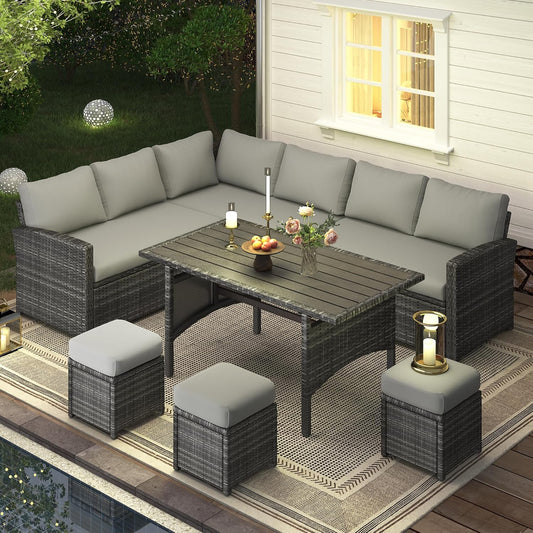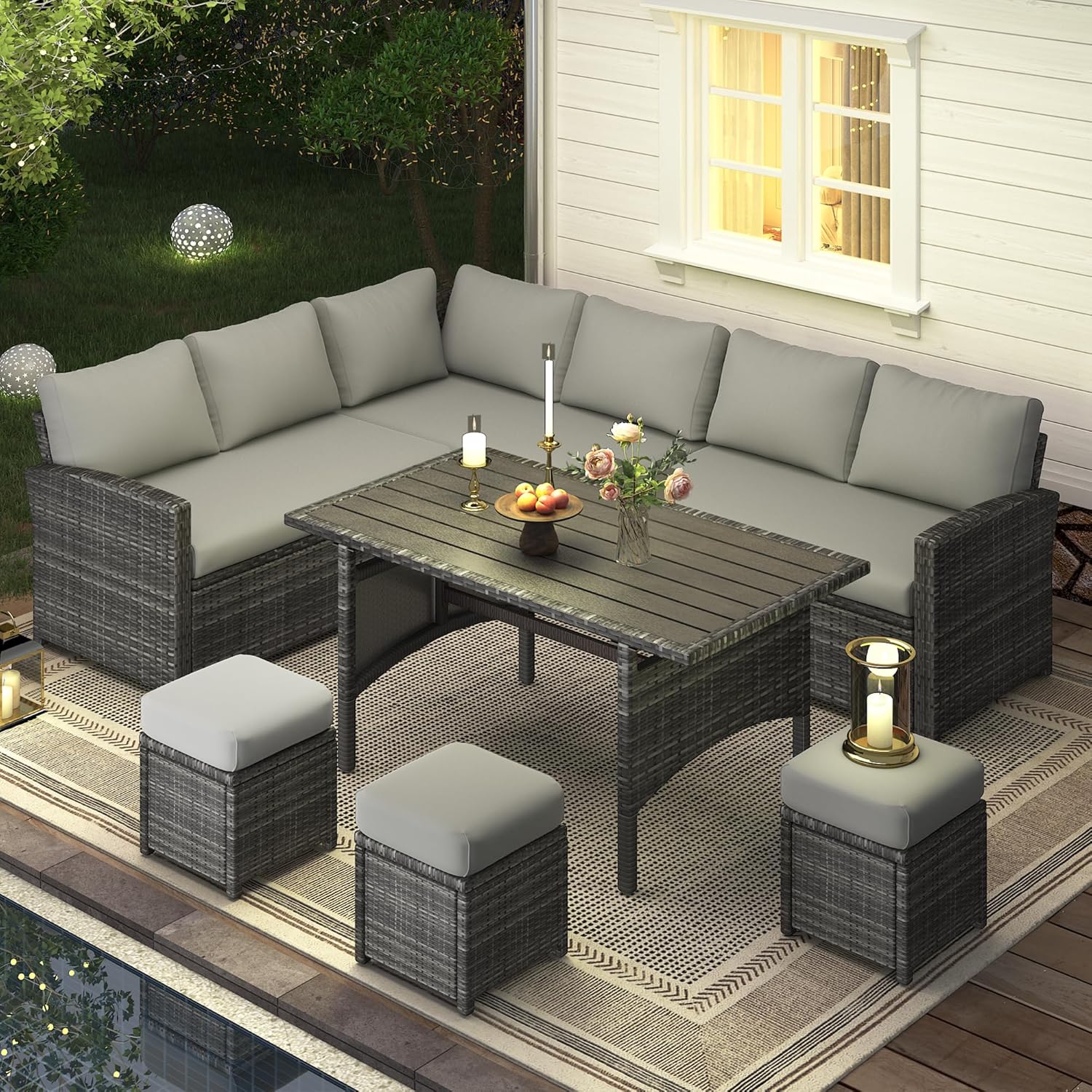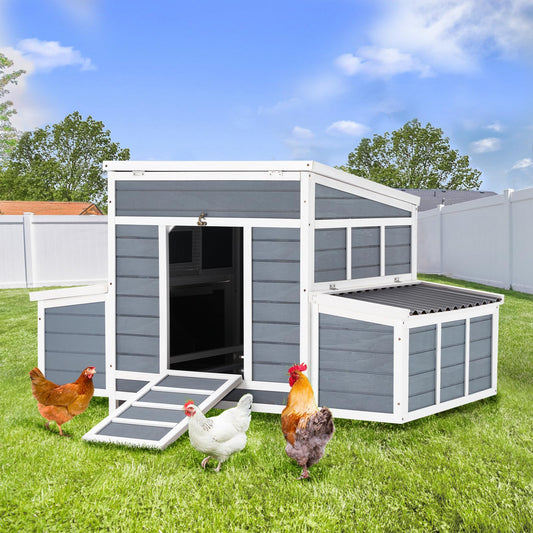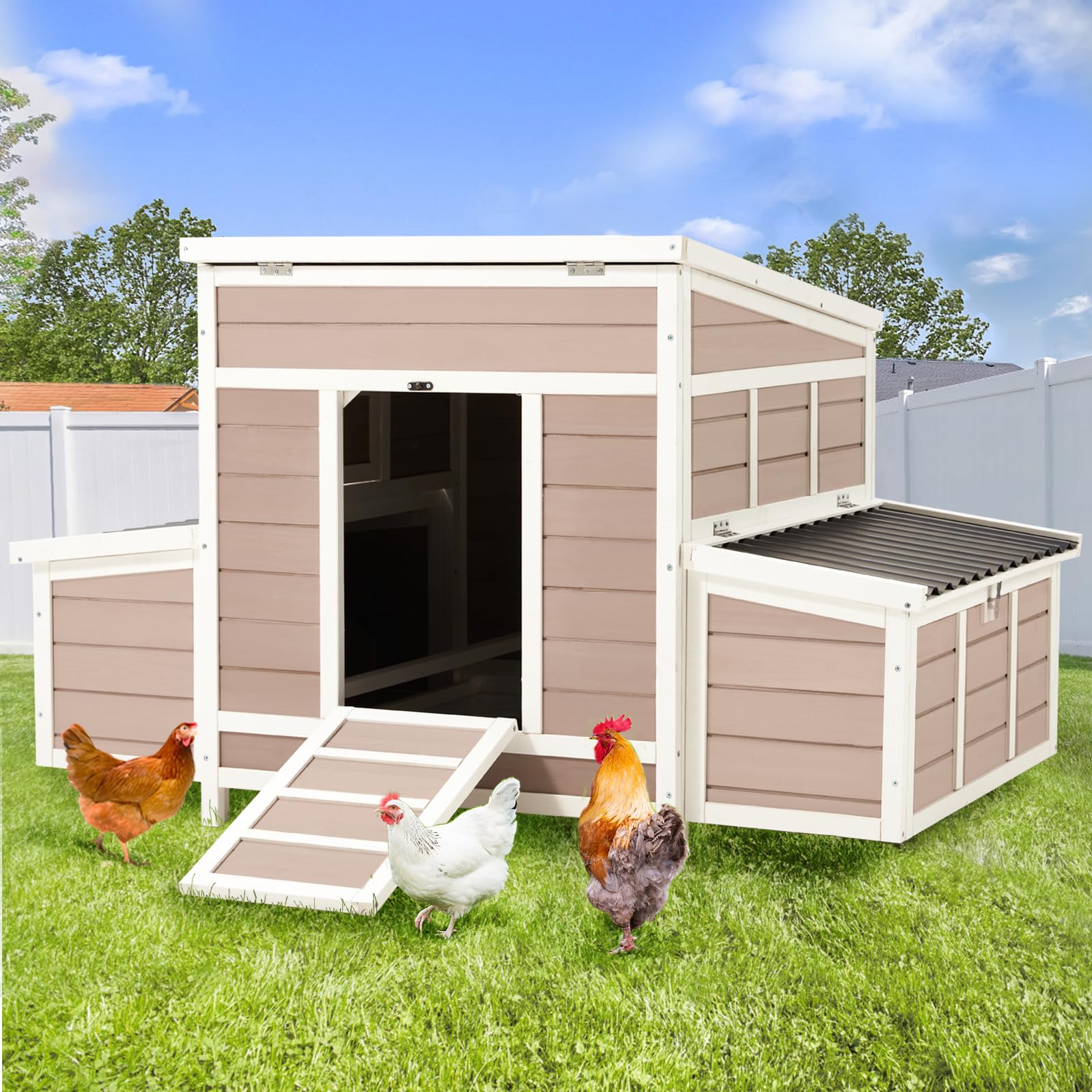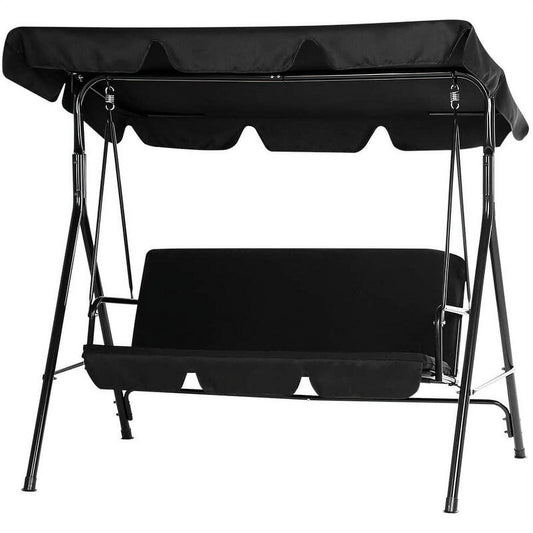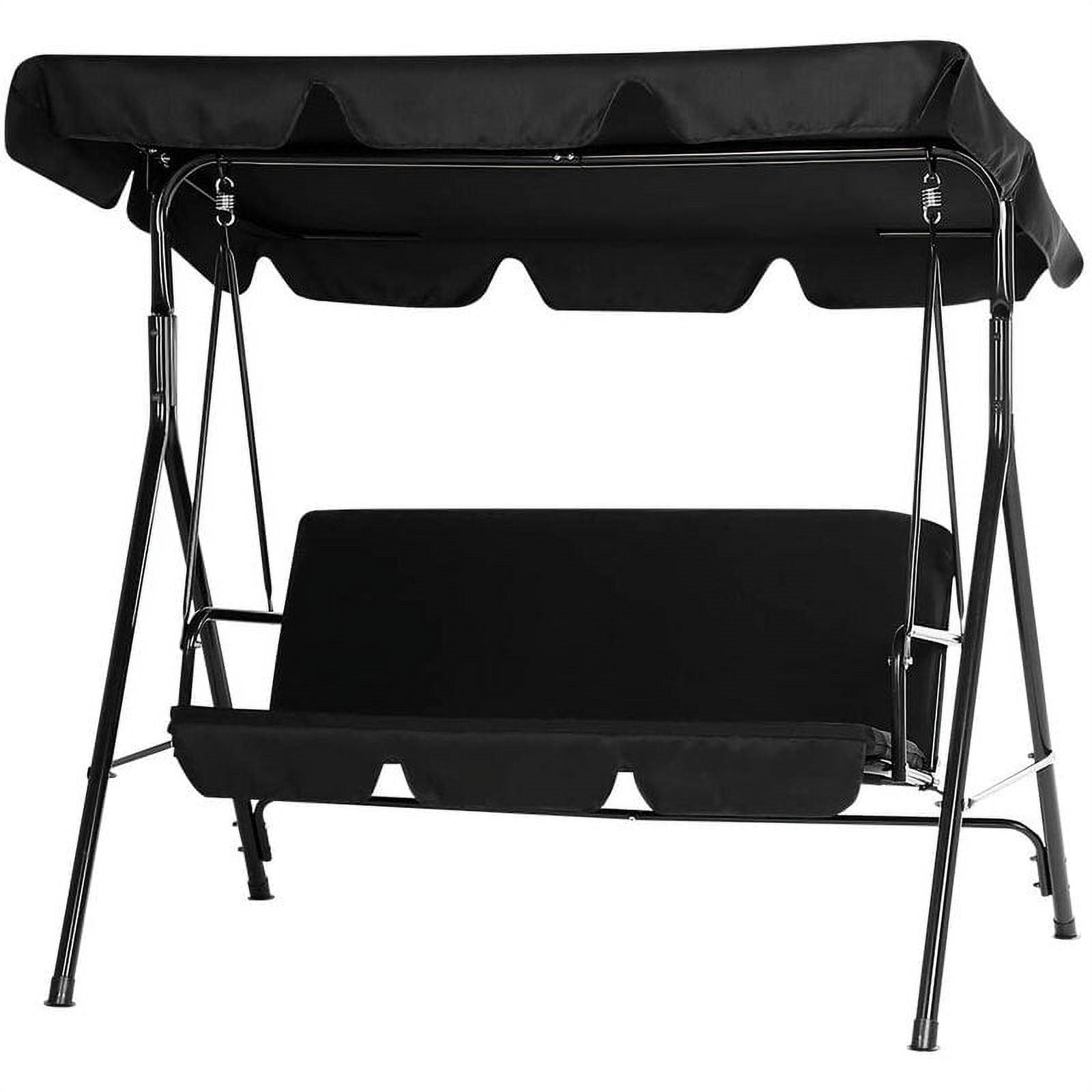A gazebo is more than just a backyard decoration—it’s a spot to host barbecues, relax with a book, or shelter from sudden rain. But if the roof fails, that cozy space can turn into a hassle. That’s why choosing the right gazebo roof matters.
Two of the most popular options today are metal gazebo roofs and polycarbonate roof gazebos. Both have their perks, but which one fits your backyard? Whether you need something tough enough to handle heavy rain or lightweight for a small 10x10 setup, the right roof can make your gazebo last for years. Let’s break down the options and find out which one works best for you.
1. What Are the Main Types of Gazebo Roofs Available Today?
When it comes to gazebo roofs, you’ll mostly find two big categories: hard roof gazebos and soft roof gazebos. Let’s start with the basics so you know what you’re choosing from.
Hard roof gazebos are the sturdier option. As the name suggests, they’re made of rigid materials that don’t sag or tear easily. The most common types here are
Metal gazebo roofs: Usually made of steel or aluminum (so you might also hear “aluminium roof gazebo”). They’re known for being tough and long-lasting.
Polycarbonate roof gazebos: A type of plastic that’s lightweight but still rigid. It’s clear or tinted, letting light through while blocking rain.
Soft roof gazebos are more flexible, often made of fabric like canvas or polyester. They’re easy to set up but not as durable—great for temporary use, but not ideal if you want a roof that lasts through harsh weather.
If you’re looking for a permanent addition to your backyard, hard roof gazebos are the way to go. And between the hard options, metal gazebo roofs and polycarbonate roof gazebos are the top picks. Let’s see why:
|
Roof Type |
Material |
Best For |
|
Metal Gazebo Roof |
Steel/Aluminum |
Heavy rain, snow, or strong winds |
|
Polycarbonate Roof |
Plastic |
Letting light in, mild weather |
|
Soft Roof (Fabric) |
Canvas/Polyester |
Temporary use, easy setup |
Need a sturdy outdoor shelter? This Yodolla 14 x 10 hard-top lean-to gazebo is a great pick. Its solid hard top stands up to the elements, and the 14x10 size offers ample space for outdoor gatherings or relaxing—perfect for your patio or backyard.

2.Overview: Metal Gazebo Roofs and Their Benefits
When you think of a metal gazebo roof, strength and durability should come to mind. Metal roofs are often made from steel or aluminum, both of which have unique advantages that make them stand out in the world of gazebo construction.
Steel metal roofs are extremely tough. They can handle heavy rain, strong winds, and even snow without a problem. In areas that get a lot of snowfall, the sloped design of many metal roofs helps snow slide right off, preventing the weight of accumulated snow from damaging the gazebo. For example, in a 10x10 metal roof gazebo, a steel roof ensures that the structure remains stable even during harsh winter storms. The material is also resistant to dents, so hail or falling branches won't leave your gazebo looking beat up.
Aluminum roof gazebos, on the other hand, offer the benefit of being lightweight while still being quite durable. Aluminum doesn't rust like some other metals, which means less maintenance over time. It's a great option if you want a long - lasting roof without the worry of corrosion. Whether it's a small 10x10 setup or a larger structure, an aluminum roof can provide reliable protection.
Metal roofs are also known for their long lifespan. With proper installation and a bit of maintenance (like an occasional check for loose screws), a metal roof can last for decades. This makes them a great investment for your backyard. Additionally, they come in a variety of colors, so you can choose one that matches your home's exterior or garden decor.
|
Metal Roof Type |
Strengths |
Weaknesses |
|
Steel |
High durability, excellent for heavy weather, resists dents |
Heavier compared to aluminum, may rust if not properly coated |
|
Aluminum |
Lightweight, rust - resistant, long - lasting |
Less dent - resistant than steel in some cases |
3. Overview: Polycarbonate Roof Gazebo – Lightweight & Modern
If you're looking for a roof that combines modern design with functionality, a polycarbonate roof gazebo might be the way to go. Polycarbonate is a type of plastic, but don't let that fool you. It's incredibly strong and offers some unique benefits.
One of the biggest advantages of a polycarbonate roof is its ability to let light in. The material can be clear or tinted, allowing you to control how much sunlight filters through. This is great if you want to enjoy the outdoors while still being protected from the sun's harmful UV rays. For instance, in a garden where you have plants that need some sunlight but not too much direct exposure, a polycarbonate roof gazebo provides the perfect balance.
Polycarbonate is also lightweight, which makes it easier to install compared to heavier materials like metal. This is especially beneficial if you're planning to set up a 10x10 metal roof gazebo (or a polycarbonate - roofed one of the same size) on your own. The lightweight nature also means that the overall structure doesn't need to be as beefy to support the roof, which can save on costs.
In term of durability, polycarbonate is surprisingly tough. It's impact - resistant, so it can withstand small hail or the odd falling acorn without cracking. And like metal, it can be designed to shed rain effectively, keeping you dry during a shower. Some polycarbonate roofs even come with additional UV - resistant coatings, further enhancing their ability to protect you and your furniture from sun damage.
|
Polycarbonate Roof Feature |
Benefit |
|
Light - transmitting |
Allows natural light while blocking UV rays |
|
Lightweight |
Easier to install, requires less support structure |
|
Impact - resistant |
Withstands small impacts without cracking |
Need a roomy outdoor spot? This 20 x 10 gazebo works perfectly. It offers plenty of space for relaxing or hosting, and its sturdy design makes it a great addition to any outdoor area.

4. Hard Roof Gazebo vs. Soft Roof Gazebo – Which One Fits Your Lifestyle?
Now that we’ve covered metal and polycarbonate (both hard roof options), let’s compare hard roof gazebos to soft roof ones. The choice boils down to how you use your backyard and what kind of weather you deal with.
Hard roof gazebos—like those with a metal gazebo roof or polycarbonate roof—are built for the long haul. If you use your gazebo almost daily, host frequent gatherings, or live in an area with heavy rain, snow, or strong winds, they’re a no-brainer. A metal gazebo roof, for example, can handle a foot of snow without sagging, while a polycarbonate roof keeps rain out but still lets light in for morning coffee. They’re also low-maintenance: once installed, you won’t have to replace them every year like fabric.
Soft roof gazebos, made of canvas or polyester, are better for temporary use. Maybe you only set up a gazebo for summer barbecues, or you live in a place with mild, dry weather year-round. They’re easy to take down and store, but they won’t stand up to a thunderstorm or winter frost. A soft roof might tear in high winds, and rain can seep through if the fabric gets old.
Think about your routine: Do you want a “set it and forget it” space? Go with a hard roof gazebo—metal or polycarbonate. If you prefer flexibility and don’t mind replacing the roof every few years, a soft roof works. But for most people, hard roofs are worth it—they turn your gazebo into a permanent, reliable backyard spot.
5. Durability & Weather Resistance: Which Roof Lasts Longer?
When it comes to durability, not all gazebo roofs are equal. Let’s break down how metal, polycarbonate, and even soft roofs hold up over time—because no one wants to replace a roof sooner than needed.
Metal gazebo roofs are the heavyweights here. Made of steel or aluminum (aluminium roof gazebos are popular for their rust resistance), they can last 20–30 years with minimal upkeep. They handle heavy rain, snow, and strong winds without bending or leaking. Even in coastal areas, where salt air can damage some materials, aluminum metal roofs resist corrosion. A 10x10 metal roof gazebo, for example, will stay strong through years of summer storms and winter freezes.
Polycarbonate roof gazebos are durable too, but with a shorter lifespan—around 10–15 years. They’re impact-resistant (great for hailstones or falling twigs) and don’t rust, but direct sunlight can make them brittle over time. Tinted polycarbonate holds up better than clear versions, as it blocks more UV rays. They’re perfect for mild climates but might need replacing sooner in areas with extreme heat or frequent hailstorms.
Soft roofs (fabric) are the least durable, lasting only 2–5 years. They fade in the sun, tear in high winds, and soak through in heavy rain. They work for temporary use but aren’t a long-term solution.
|
Roof Type |
Lifespan |
Best Weather For |
Weaknesses |
|
Metal Gazebo Roof |
20–30 years |
Heavy rain, snow, strong winds |
Can dent if hit by large debris |
|
Polycarbonate Roof |
10–15 years |
Mild rain, light sun |
Brittle in extreme heat |
|
Soft Roof (Fabric) |
2–5 years |
Dry, calm weather |
Tears in wind, fades in sun |
If you want a roof that outlasts the gazebo itself, a metal gazebo roof is the way to go. For milder areas where you want light transmission, polycarbonate is a solid runner-up. Either way, hard roofs beat soft roofs for long-term durability.
Need a tough yet flexible outdoor shelter? This 8x8 gazebo fits—securely anchors to ground, resists harsh weather, and doubles as a patio spot or bike shelter with ease.

6. Cost, Installation, and Maintenance: Which Offers Better Value?
When picking a gazebo roof, it’s not just about how it looks or holds up—you also need to think about practical stuff like installation ease, upkeep, and how well it holds its value over time. Let’s break down how metal gazebo roofs and polycarbonate roof gazebos stack up here, so you can pick the one that fits your lifestyle (and avoids future headaches).
Installation: How Easy Is It to Set Up?
Installing a gazebo roof depends a lot on its weight and design. Metal gazebo roofs—especially steel ones—are heavier, so they often need a sturdier frame to support them. If you’re going for a 10x10 metal roof gazebo, you might need a friend (or two) to help lift the panels into place, and you’ll want to make sure the frame is bolted down tight to avoid shifting in wind. Aluminum roof gazebos are lighter than steel, which makes installation a bit easier, but they still need careful alignment to keep rain from leaking through seams.
Polycarbonate roof gazebos, on the other hand, are lightweight—so light that even a single person can handle the panels. Their flexibility means they fit into frames more easily, and they don’t require as heavy a base as metal. This is a big plus if you’re setting up the gazebo yourself or have a smaller backyard where moving heavy materials is tricky. That said, you still need to seal the edges properly—polycarbonate can let water seep in if gaps aren’t covered, just like metal.
Maintenance: How Much Work Do They Need?
No roof is completely “set it and forget it,” but some need less attention than others. Metal gazebo roofs are low-maintenance stars. A quick rinse with a hose once or twice a year will remove dirt and debris. Steel roofs might need a check for rust spots every few years (especially if you live near the ocean), but a little touch-up paint fixes that. Aluminum roof gazebos skip the rust worry entirely—their biggest need is tightening loose screws if they rattle in wind.

Polycarbonate roof gazebos need a bit more care. Their smooth surface can scratch easily, so you’ll want to use a soft brush (not a pressure washer) to clean them. Over time, sunlight can make clear polycarbonate turn yellow, but tinted versions hold up better. You’ll also need to check for cracks, especially after hailstorms—small cracks can spread if left unfixed. Still, with a little attention, they’ll stay in good shape for years.
Soft roofs? They’re the high-maintenance option. Fabric fades quickly in sun, so you’ll need to replace them every 2–3 years. They also mildew if left damp, so you’ll have to take them down to dry after rain. For most people, hard roof gazebos (metal or polycarbonate) save time and hassle in the long run.
|
Roof Type |
Installation Ease |
Maintenance Needs |
Long-Term Upkeep |
|
Metal Gazebo Roof |
Moderate (heavier) |
Occasional cleaning, rust checks |
20–30 years with minimal work |
|
Polycarbonate Roof |
Easy (lightweight) |
Gentle cleaning, crack checks |
10–15 years with regular care |
|
Soft Roof (Fabric) |
Very easy |
Frequent cleaning, annual replacement |
2–3 years max |
Conclusion
Choosing between a metal gazebo roof and a polycarbonate roof gazebo comes down to one question: What do you need most from your backyard space?
If durability and long-term reliability are your top priorities, a metal gazebo roof is the clear winner. Whether it’s a 10x10 metal roof gazebo for a small patio or a larger aluminum roof gazebo, metal stands up to heavy rain, snow, and strong winds like no other. It needs almost no maintenance, lasts 20–30 years, and turns your gazebo into a permanent, weatherproof spot for everything from morning coffee to weekend barbecues. It’s the choice for people who want a “forever” addition to their backyard.
If you value light and flexibility, a polycarbonate roof gazebo shines. Its ability to let sunlight in (while blocking UV rays) makes it perfect for garden lovers or anyone who wants a bright, airy space. It’s easier to install than metal, works great in mild climates, and adds a modern touch to your yard. Just keep in mind it will need a little more care over time, and you might replace it sooner than a metal roof.
No matter which you pick, both are better than soft roofs—they turn your gazebo from a seasonal accessory into a year-round retreat. A hard roof gazebo (metal or polycarbonate) adds value to your home and makes your backyard more enjoyable, rain or shine.
So go ahead: If you live in a tough climate or want a roof that outlasts the gazebo itself, choose metal. If you crave natural light and easy installation, polycarbonate is your match. Either way, you’ll end up with a gazebo that’s ready to host, relax, and weather whatever comes its way.















